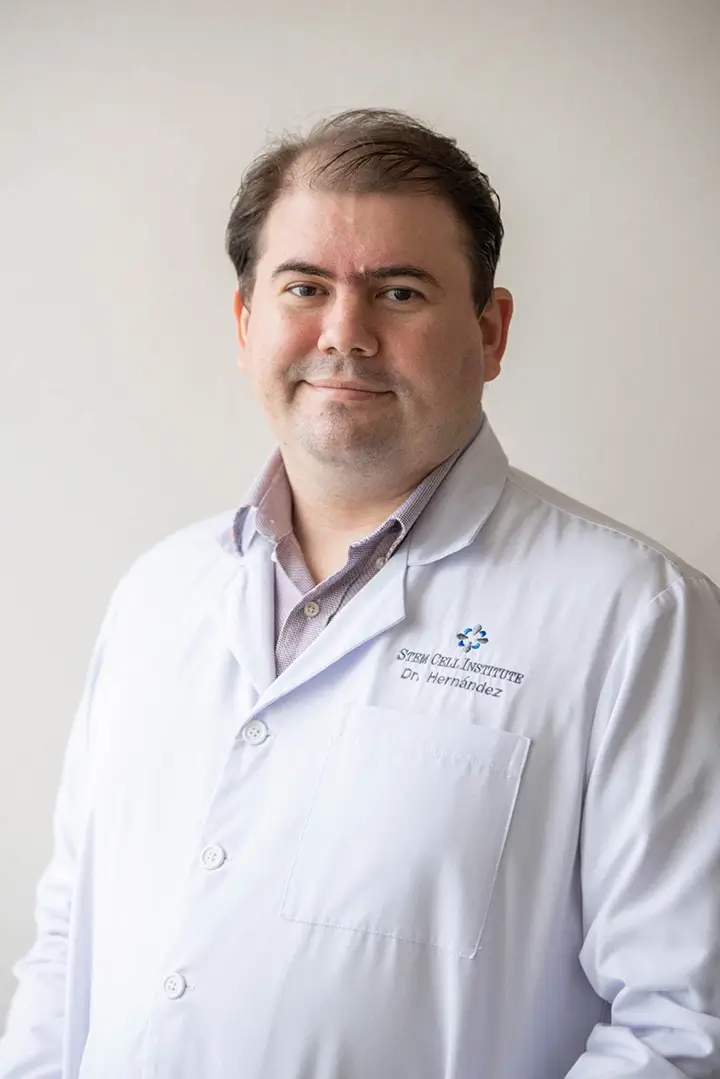New research presented at the annual meeting of the Orthopedic Research Society in San Francisco provides a more detailed elucidation of the molecular and cellular pathways by which cigarette smoke inhibits stem cell activity.
Bone healing is a two-step process which begins when stem cells differentiate into cartilage and ends when the cartilage has matured into bone. Cigarette smoking has been known to delay skeletal healing after fractures and other injuries by as much as 60%, thereby increasing the risk of further re-injury and chronic disability or pain. In 2005, researchers at the University of Rochester Medical Center in New York identified nicotine as a chemical which interferes with bone growth by altering gene expression. Now the same researchers have identified another chemical in cigarette smoke which also inhibits bone healing, namely, hydrocarbon benzo[a]pyrene (BaP). This polyaromatic hydrocarbon has now been found to prevent the stem cells from reaching the first step in the process, so that they are unable even to begin differentiating into cartilage. Through PCR – polymerase chain reaction, a technique which measures the level of gene expression – the scientists were able to use a mouse model in which they measured genetic changes that were caused by exposure to BaP. Gene expression is the process by which proteins are manufactured through the execution of instructions that are encoded within the genes. Many factors may influence gene expression, one of which is a transcription factor known as the "sex determining region Y-box 9" (SOX-9), which is required for the differentiation of cartilage from stem cells. In this study, the scientists were able to demonstrate by PCR that BaP interferes with SOX-9 expression in mesenchymal stem cells by blocking the conversion of the cells into cartilage and also by reducing levels of type II collagen gene expression. Previous studies have demonstrated that stem cells which are involved in cartilage formation contain proteins known as aryl hydrocarbon receptors (AhR) and that are known to react with BaP. When BaP binds with these receptors, SOX-9 activity is suppressed which results in a reduction both in the number of stem cells that differentiate into cartilage and in the amount of collagen that is produced. The receptors are believed to be involved in the cellular signaling pathways that are responsible for the metabolism of toxins. Staining experiments have also demonstrated that BaP inhibits the deposition of collagen nodules which are indicative of differentiated cartilage cells in vitro.
According to Michael Zuscik, Ph.D., associate professor in the Department of Orthopedics and Rehabilitation at the University of Rochester Medical Center, "Smoking reduces the rate at which the two sides of a fracture come together. We believe this new research will establish for the first time the mechanisms by which polyaromatic hydrocarbons interfere with the healing process."

